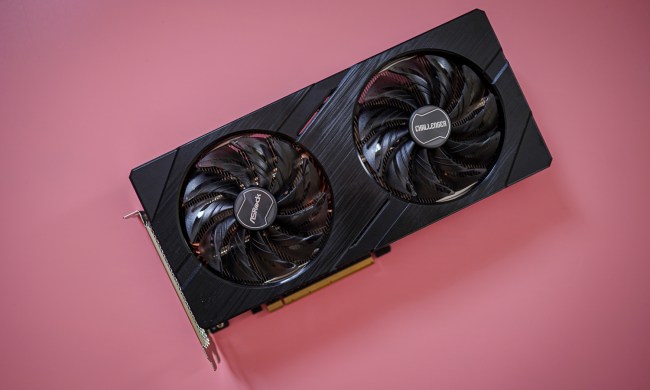
Arm is stepping into the graphics upscaling arena with its new Accuracy Super Resolution (ASR) technology, promising significant enhancements for GPU performance on mobile devices.
ASR is a temporal upscaler based on AMD’s open-source FidelityFX Super Resolution 2 (FSR2). This compatibility allows developers to leverage familiar API and configuration options, streamlining integration. AMD’s FSR and Nvidia’s DLSS have primarily boosted graphical fidelity on gaming PCs, enabling higher frame rates and rendering capabilities. Arm’s focus, however, is on the power savings achievable through reduced GPU use, which is crucial for mobile devices where thermal throttling can degrade performance.
Peter Hodges, Arm’s Director for Ecosystem Strategy, highlighted ASR’s ability to maintain high-quality visuals at lower temperatures, reducing thermal throttling. This results in a more stable gaming experience and prolonged device engagement. ASR’s optimization for lower memory bandwidth devices, like mobile GPUs with integrated graphics, is a key differentiator. Arm claims ASR uses only a third of FSR2’s GPU resources at equivalent resolutions and scaling factors, delivering 20% to 40% better frame rates on Arm devices.

Arm used a specific GPU at 2x upscaling resolution. ASR boosts frame rates by 53%, compared to FSR2’s 36%. Tests with MediaTek’s Dimensity 9300 chip reveal that 2x ASR reduces power consumption by over 20% versus native 1080p rendering. This results in longer battery life and reduced overheating, addressing key concerns for mobile gamers.
Once the ASR specification is released, it will be up to OS makers and game developers to adopt it. Apple is expected to continue using its MetalFX upscaling technology, which also stems from AMD’s FSR. Microsoft is promoting Automatic Super Resolution for its Qualcomm-based Arm devices and is working on a vendor-agnostic upscaling API called DirectSR. Qualcomm also introduced its Snapdragon Game Super Resolution just over a year ago.
While this hardware-agnostic technology promises superior image quality and performance on a broad range of devices, it is too early to say if it can set a new standard in mobile graphics upscaling.




